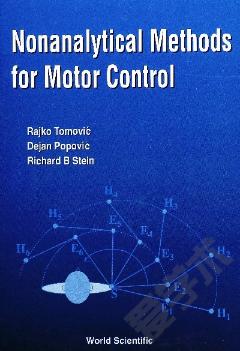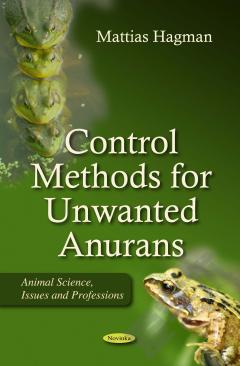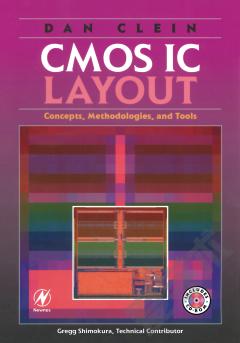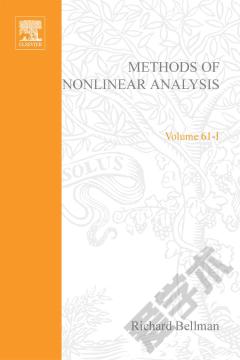Nonanalytical Methods For Motor Control
This book describes non-conventional methods of control of human extremities, emphasizing the fact that conventional approaches used in robotics are limited when used in humans for restoration of reaching and grasping (goal-oriented movements), and standing and locomotion (cyclic movements). The use of artificial neural networks, inductive learning, skill-based expert systems and finite-state representation of movements is the base of this non-conventional control theory. A specific number of realized applications are included in the book to illustrate how these computer techniques can improve the function of assistive systems in physically challenged humans. The theory presented is applicable to the control of robots and industrial manipulators.
{{comment.content}}








 京公网安备 11010802027623号
京公网安备 11010802027623号